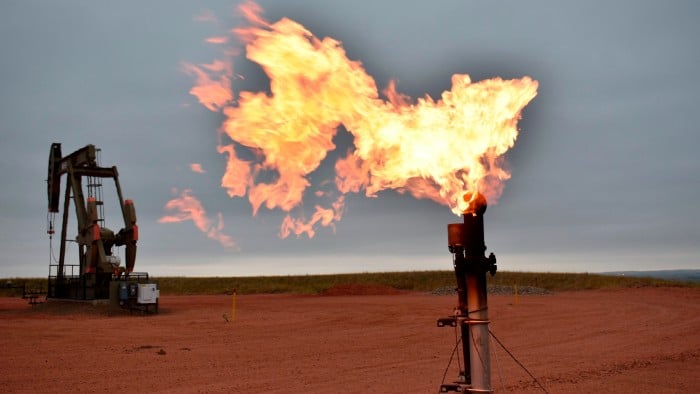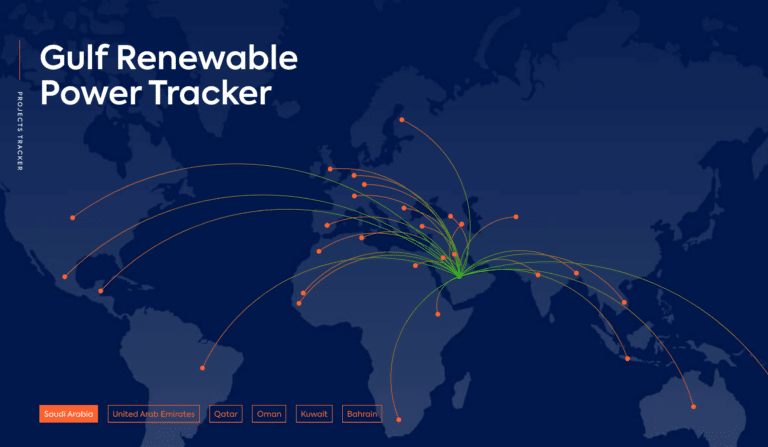Why Japan’s utility firms want to pull the plug on destination restrictions for LNG supply
A hardened feature of long-term LNG contracts, the destination clause, is coming under renewed scrutiny as the quest for flexibility gathers momentum.
Current Access Level “I” – ID Only: CUID holders and approved guests only
Reports by Tatiana Mitrova & Tim Boersma • December 17, 2018
The United States and Russia have long been the world’s largest natural gas producers, but they traditionally have not faced off in direct competition in that market. The United States was expected to become a net importer of natural gas, while Russia’s state-owned Gazprom took a prominent position in the European market. The boom in US shale-gas production changed that. While the United States had been trading gas regionally by pipeline for decades, the shale boom allowed for the export of US liquefied natural gas, putting the two gas giants in competition. Even before the first molecule of US LNG shipped, rising US production had diverted LNG destined for the United States into the European Union. Facing increased competition pushed Russia toward a more market-oriented strategy, with Gazprom adjusting its long-term oil-linked contracts that had previously been the backbone of Russian sales to European customers to use more hybrid formulae.
This was just the beginning. After a slow start, the competition brought on by US gas is to a large extent shaping the Russian natural gas strategy in Europe and beyond. For Europe, rising gas competition from new suppliers has both economic and energy security implications. Globally, it is also raising questions about how Gazprom will compete in Asia, where demand is growing and gas suppliers are looking to place future production, as well as in other markets. Understanding how Gazprom will react to US gas is thus a critical economic and geopolitical question for LNG importers and exporters worldwide.
In this paper the authors examine how Gazprom will maneuver in global markets under specific circumstances. It opens with a discussion of how the US and Russian gas sectors developed and interacted in the period before shale gas. The paper then examines how Gazprom’s gas trade has been impacted by new US production and what changes may be coming as US exports continue to increase. It finds that the advent of US LNG has already reduced Russian gas revenue, undermined its oil-linked pricing model, forced contract renegotiations and accelerated domestic gas market liberalization and LNG development.
The authors argue that Russia is in a good position to defend its market share in Europe and looks at some of the strategies that could be pursued under various market scenarios, including the following:
The study finds that even in scenarios where Gazprom sees gas revenues driven down to 2009 or 2016 levels, this should not prove catastrophic for Russia. For Moscow, facing more competition in Europe is a new situation that Gazprom and decisions makers in the Kremlin will have to deal with. Under normal circumstances, competition between various sources of supply can result in net benefits for the end consumer. In addition, this paper demonstrates that the changes in the global gas market have forced Gazprom to adjust its business practices. However, the increased politization of natural gas in the United States carries a risk of inflamed tensions between Moscow and Washington.
Also in today’s newsletter, why private capital will not suffice for Africa’s climate needs

The Gulf Renewable Power Tracker is an interactive and visual database of Gulf state-owned and state-related renewable power investments and developments on a global scale.

Saudi Arabia is experiencing a significant economic transformation under its Vision 2030 plan to reduce the country’s dependence on oil revenues by diversifying its economy. The Saudi government’s...

Full report
Reports by Tatiana Mitrova & Tim Boersma • December 17, 2018